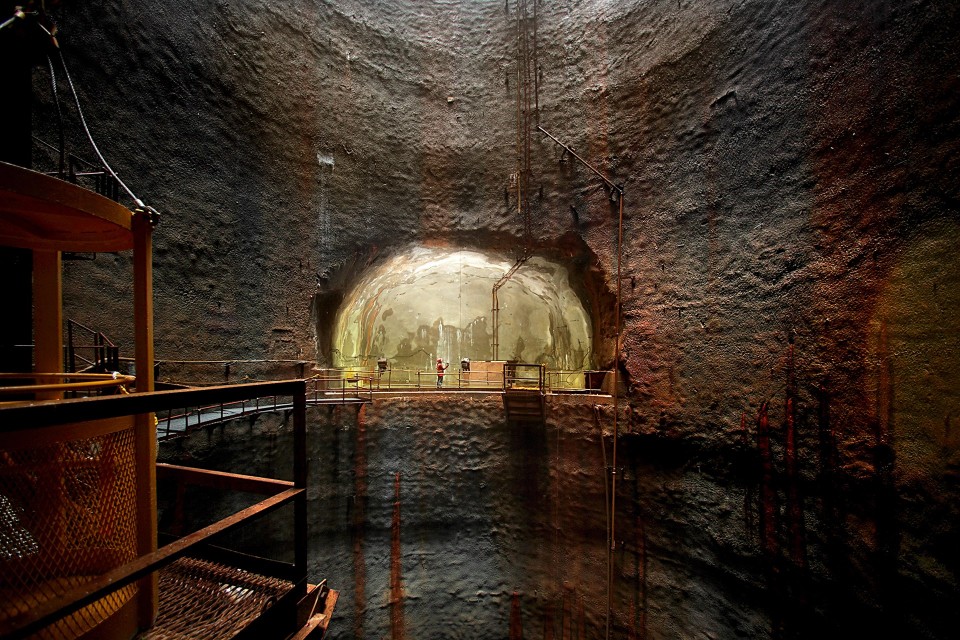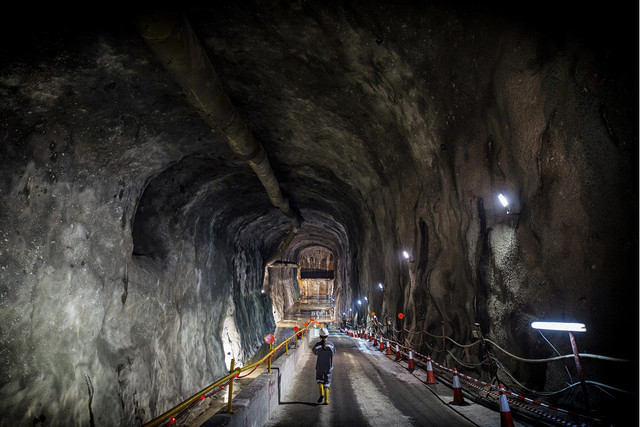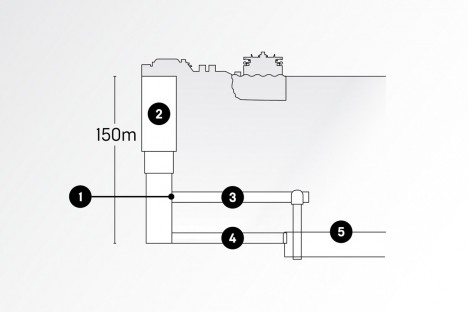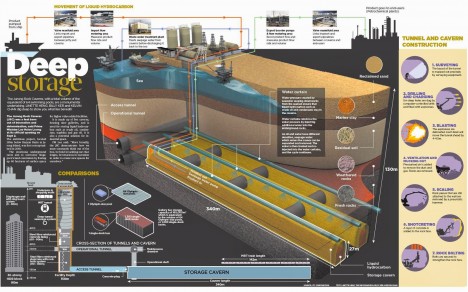Bound by water on all sides, the city-state of Singapore is pioneering subterranean urban development, starting with storage and transportation systems and escalating with plans for power plants, sports stadiums, libraries and more.
In an interview, Jian Zhao, professor of geomechanics at Monash University, noted that “with the limited land available, one of the best possible ways to increase space is to create it underground.” Wealthy but spatially limited, “Singapore is leading the world on exploring underground space as part of the urban development.”
Currently in progress, the Jurong Rock Caverns, for example, are designed to store vast amounts of oil. Nearly ten stories tall, they can house 150,000,000 cubic meters of oil. This is one of the many projects under construction or in development at the behest of the government’s National Innovation Challenges: Land and Liveability.
The caverns were created through a combination of drilling and explosives, hollowing out the rocky subsurface, then bolstered with a water curtain that keeps the hydrocarbons in place through hydrostatic pressure. A series of support infrastructure projects includes access shafts and operation tunnels, many hundreds of feet below the ground. Other densely-populated islands, from Manhattan to Hong Kong, may be looking to these projects as examples of how to increase development in areas where land expansion simply is not feasible. Images courtesy of the JTC Corporation.



